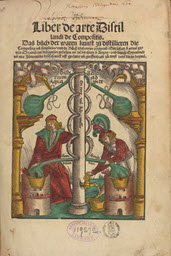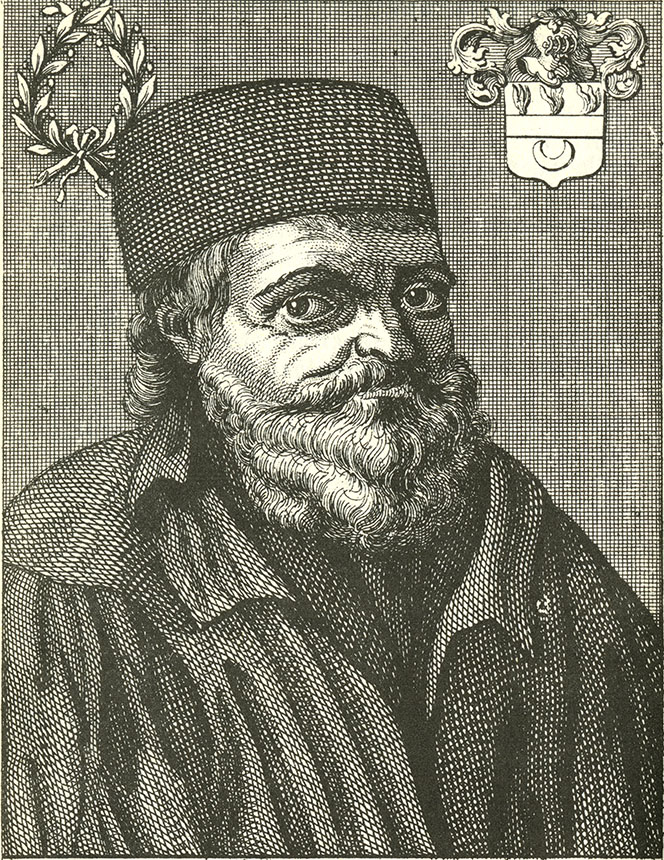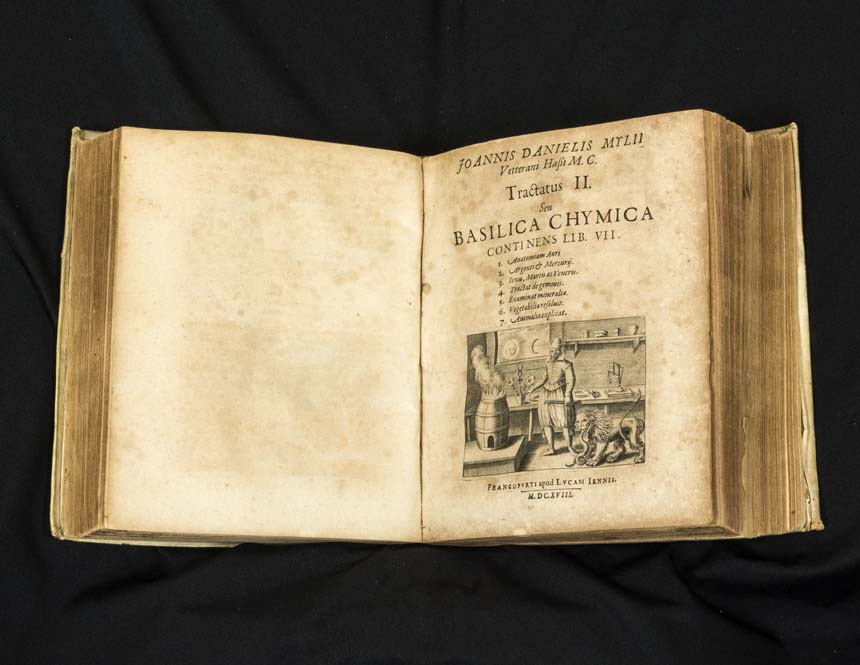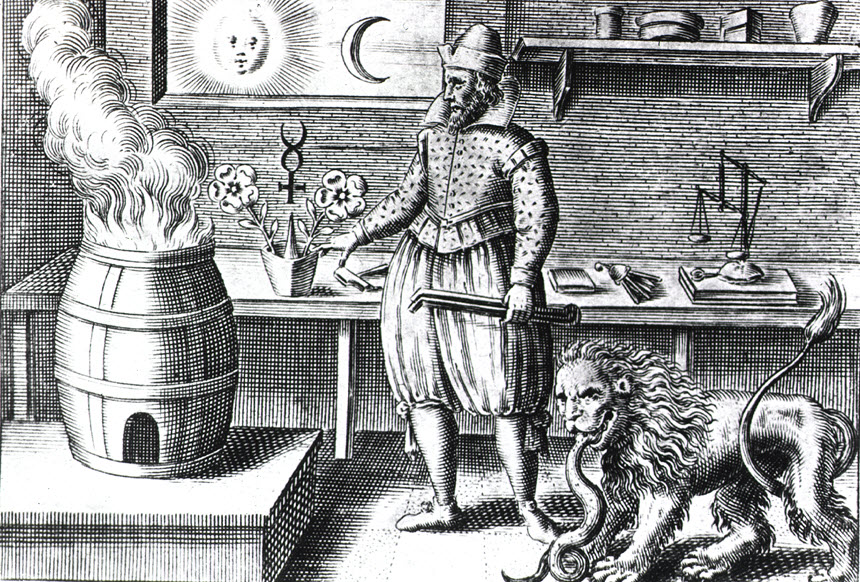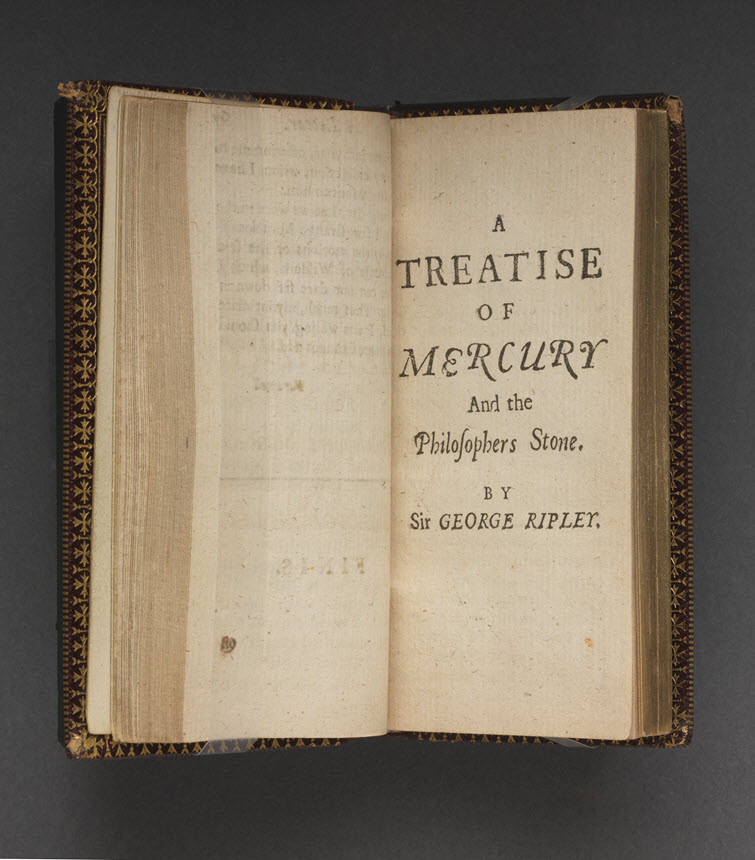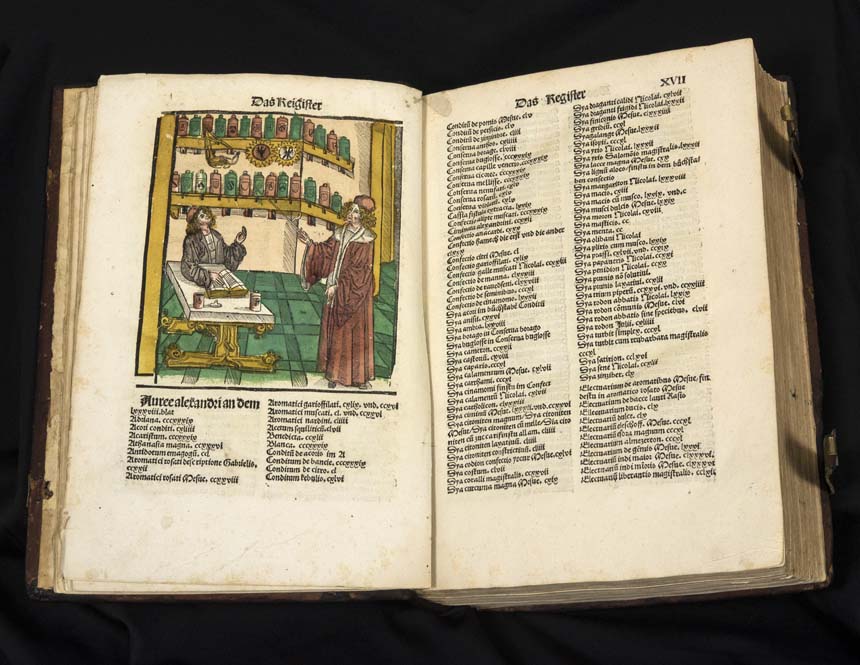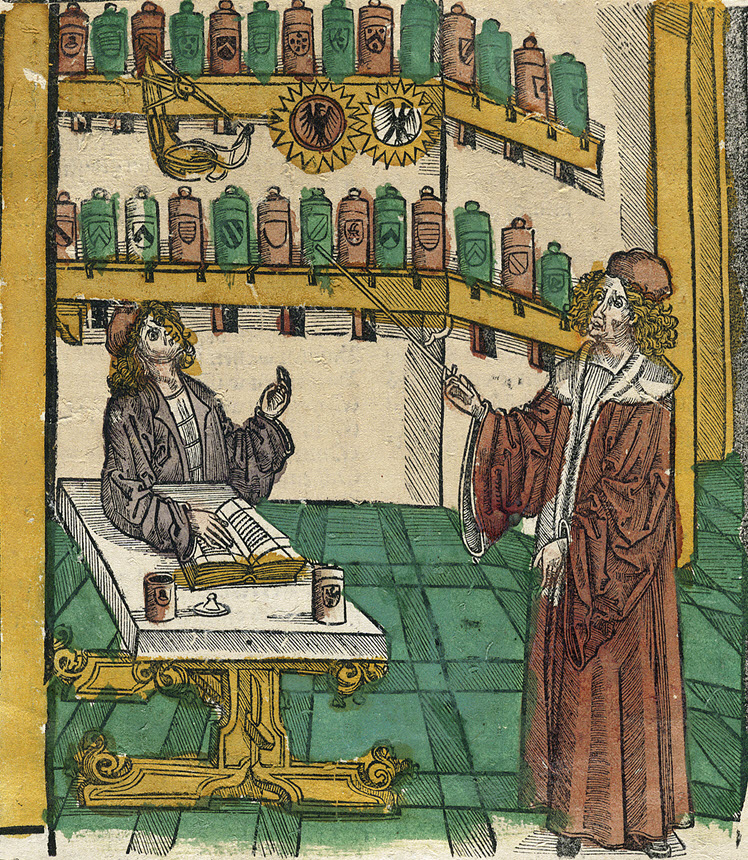…do not forget to pray to God to bestow on thee the understanding of the reason of the truth of nature…
French alchemist Nicolas Flamel, 1806
Harry Potter and the Philosopher’s Stone (published in the United States as Harry Potter and the Sorcerer’s Stone) follows Harry to the Hogwarts School of Witchcraft. While there, the young wizard uncovers the villainous Lord Voldemort’s plot to steal the Philosopher’s Stone, which historical thinkers believed was able to turn all metals to gold and produce an elixir of eternal life.
Still weakened by his failed attempt to kill Harry ten years earlier, Voldemort hopes that the Stone will help him resurrect his violent reign over wizards, humans, and magical creatures. Harry thwarts Voldemort’s plan by possessing the magically-protected Stone first, simply by having no intention to use the Stone for personal gain.
Even in his earliest adventure, Harry chooses the outcome that helps others despite the risks to his own life.
Nicolas Flamel from a 1971 facsimile of Bibliotheca Chemica (Chemical library), E. Roth-Scholtz, 1727
Courtesy National Library of Medicine
French alchemist Nicolas Flamel (1330–1417) is featured fictionally in Harry Potter and the Philosopher’s Stone as the creator of the magical Stone. Many from Flamel’s time believed that the scholar and scribe had successfully created the stone. Despite his death in 1417, the legend of his immortality continued.
La Metallique Transformation (The metal processing), Nicolas Flamel, 1618
Courtesy National Library of Medicine
Although the existence of the philosopher’s stone is now known to be a myth, Nicholas Flamel and other alchemists’ attempts to create the stone by experimenting with metals influenced the development of modern chemistry.
Opus Medico-Chymicum (The medical-chemical work), Johann Mylius, 1618
Courtesy National Library of Medicine
Practitioners believed alchemy, the supposed process of transforming base metals, would help them create the magical and coveted philosopher’s stone.
Alchemy workshop from Opus Medico-Chymicum (The medical-chemical work), Johann Mylius, 1618
Courtesy National Library of Medicine
Practitioners believed alchemy, the supposed process of transforming base metals, would help them create the magical and coveted philosopher’s stone.
Aurifontina chymica; or, A collection of fourteen small treatises concerning the first matter of philosophers, edited by John Frederick Houpreght, 1680
Courtesy National Library of Medicine
Liber de Arte Distillandi de Compositis (Book of the art of distillation of compound bodies), Hieronymus Brunschwig, 1512
Courtesy National Library of Medicine
Apothecary lesson from Liber de Arte Distillandi de Compositis (Book of the art of distillation of compound bodies), Hieronymus Brunschwig, 1512
Courtesy National Library of Medicine
Nicolas Flamel from a 1971 facsimile of Bibliotheca Chemica (Chemical library), E. Roth-Scholtz, 1727
Courtesy National Library of Medicine
French alchemist Nicolas Flamel (1330–1417) is featured fictionally in Harry Potter and the Philosopher’s Stone as the creator of the magical Stone. Many from Flamel’s time believed that the scholar and scribe had successfully created the stone. Despite his death in 1417, the legend of his immortality continued.
La Metallique Transformation (The metal processing), Nicolas Flamel, 1618
Courtesy National Library of Medicine
Although the existence of the philosopher’s stone is now known to be a myth, Nicholas Flamel and other alchemists’ attempts to create the stone by experimenting with metals influenced the development of modern chemistry.
Opus Medico-Chymicum (The medical-chemical work), Johann Mylius, 1618
Courtesy National Library of Medicine
Practitioners believed alchemy, the supposed process of transforming base metals, would help them create the magical and coveted philosopher’s stone.
Alchemy workshop from Opus Medico-Chymicum (The medical-chemical work), Johann Mylius, 1618
Courtesy National Library of Medicine
Practitioners believed alchemy, the supposed process of transforming base metals, would help them create the magical and coveted philosopher’s stone.
Aurifontina chymica; or, A collection of fourteen small treatises concerning the first matter of philosophers, edited by John Frederick Houpreght, 1680
Courtesy National Library of Medicine
Liber de Arte Distillandi de Compositis (Book of the art of distillation of compound bodies), Hieronymus Brunschwig, 1512
Courtesy National Library of Medicine
Apothecary lesson from Liber de Arte Distillandi de Compositis (Book of the art of distillation of compound bodies), Hieronymus Brunschwig, 1512
Courtesy National Library of Medicine
…do not forget to pray to God to bestow on thee the understanding of the reason of the truth of nature…
French alchemist Nicolas Flamel, 1806
Harry Potter and the Philosopher’s Stone (published in the United States as Harry Potter and the Sorcerer’s Stone) follows Harry to the Hogwarts School of Witchcraft. While there, the young wizard uncovers the villainous Lord Voldemort’s plot to steal the Philosopher’s Stone, which historical thinkers believed was able to turn all metals to gold and produce an elixir of eternal life.
Still weakened by his failed attempt to kill Harry ten years earlier, Voldemort hopes that the Stone will help him resurrect his violent reign over wizards, humans, and magical creatures. Harry thwarts Voldemort’s plan by possessing the magically-protected Stone first, simply by having no intention to use the Stone for personal gain.
Even in his earliest adventure, Harry chooses the outcome that helps others despite the risks to his own life.


